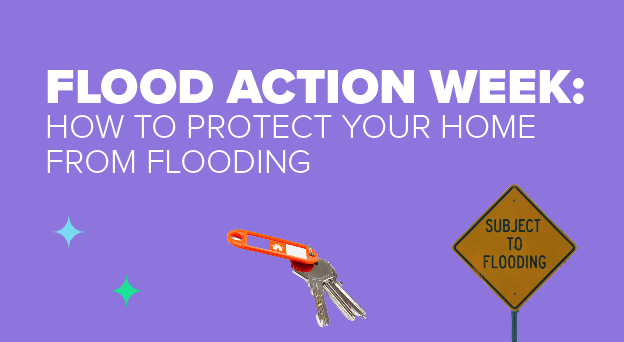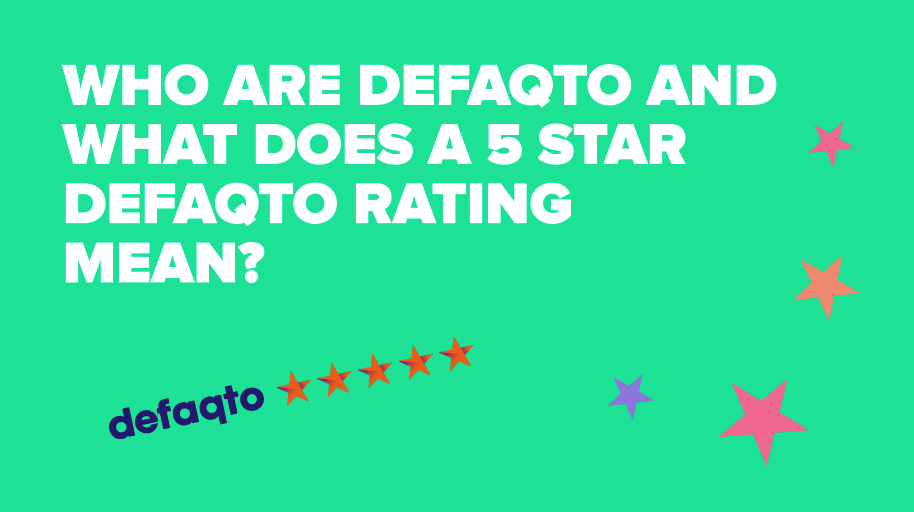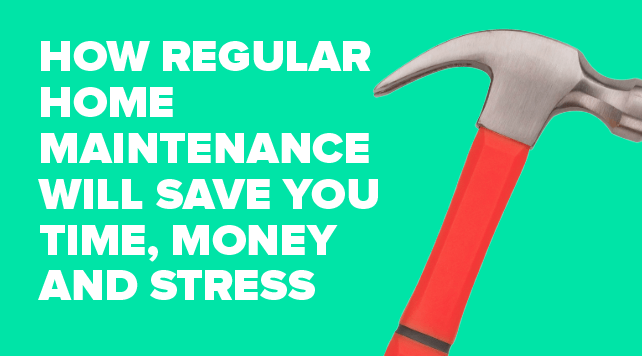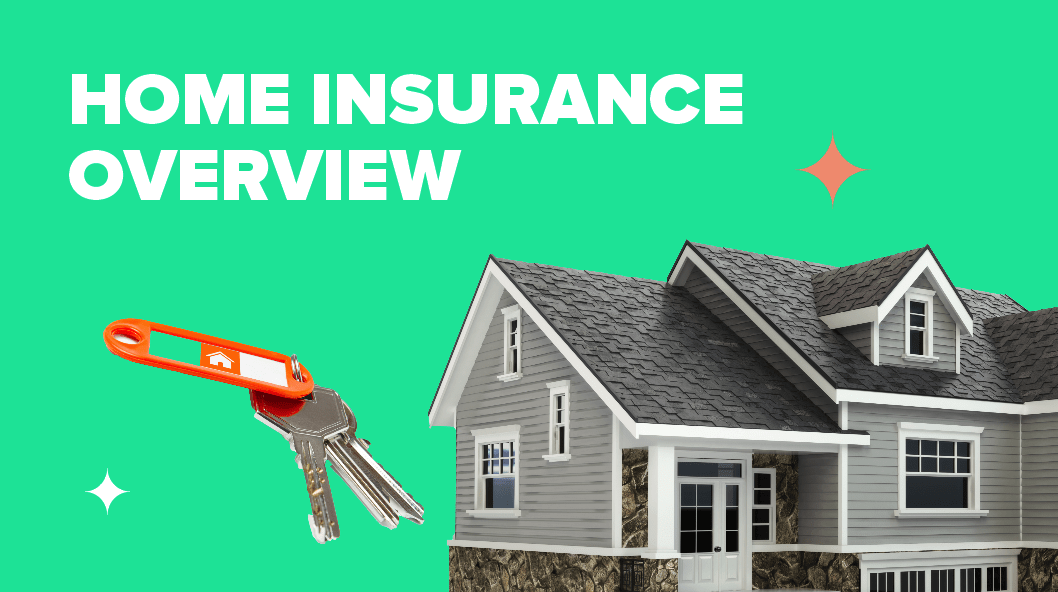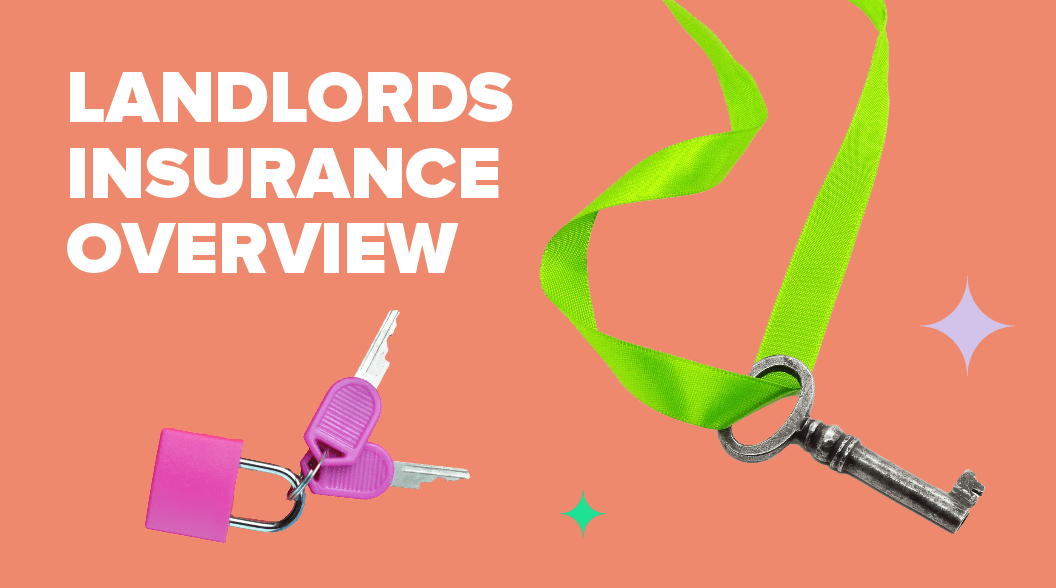Accidental damage claims jump by 35% on Christmas Day (Source: Which?). At Uinsure we want to make sure you enjoy festivities in peace. So, we’re providing our top tips on keeping yourself and your home safe this Christmas.
The main culprit: Christmas dinner
There’s a 10% increase in accidental home fires in December (Source: Northamptonshire Fire and Rescue Service). Despite Christmas pudding fires being a frequent punchline in Christmassy comedy skits, fire caused by Christmas pudding incidents are very rare and usually minor.
So, what’s the real problem? In short, cooking. Here are some tips to prevent any incidents whilst you prepare Christmas dinner:
- Double check that your oven and hobs are switched off when you aren’t using them
- Take pans off the heat as soon as you’ve finished cooking
- Keep flammable items, such as clothing and tea towels, away from open flames
- Test your fire alarm at least once per month and replace the batteries if needed
- If you’re using an air fryer clean it thoroughly and keep the space around it clear*
*Did you know there’s been a 57% increase in air fryer fires in the past year? (Source: Home Office)
To provide more information about fire safety we partnered with Covéa Insurance. You can read our top tips in more detail by clicking here.
Look after your new gadgets
Damage to new electronics such as mobile phones, laptops and smartwatches made up 46% of contents claims on Christmas Day in 2023 (Source: Insurance Business). A lot of these claims are due to water damage. With the excitement of Christmas and most people’s homes being much busier than usual, accidents are naturally more likely to happen.
But, these are avoidable. Keep any electronics far away from your festive drinks. Plus, make sure you’re sat down when using phones or tablets to reduce the likelihood of damage if they are dropped.
Driving home for Christmas? Take steps to stop burglars
Shorter days and the higher likelihood of valuable items being in your home in December increase the risk of opportunistic burglars targeting homes that they believe are unoccupied. Here are Uinsure’s top tips to prevent burglars from targeting your home whilst you’re away:
- Lock all doors and windows securely and avoid leaving spare keys in common hiding spots, such as under your welcome mat (which could invalidate your insurance)
- Make your home look occupied by setting automatic timers for lights to turn on in the evening
- Invest in extra security measures such as a house alarm, a smart doorbell, and security cameras/lights
- Keep your travel plans to yourself and those you trust to avoid potential burglars catching wind of when you’ll be away – this includes not posting your plans on social media
- Move valuables away from windows and make sure no tools are left outside as they could be an attractive target for burglars
Special occasions cover
Many insurance providers, including Uinsure, offer extra cover for special events such as birthdays, weddings, civil ceremonies. So while we can’t prevent the occasional mishap, you do get extra breathing room around life’s big moments.
For 30 days before and 30 days after the special occasion (which includes Christmas), Uinsure increases the maximum claim limit under your contents section by £5,000. This boost applies to gifts and decorations within your home.
Importantly this increase only applies to the overall contents claim limit.
For more handy tips you can check Uinsure’s Knowledge Centre by clicking here. There you can find articles about protecting your home during poor weather, what types of maintenance you should be performing so your property isn’t at risk, and more.

